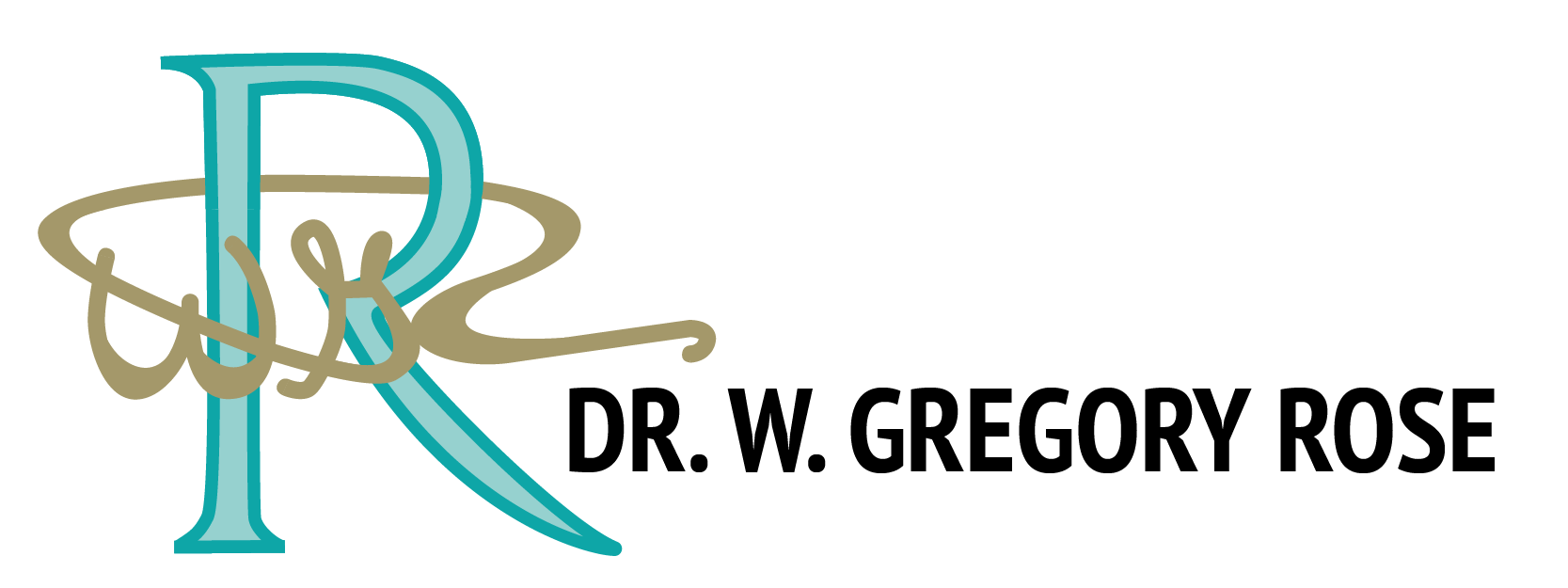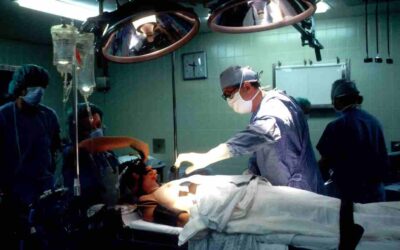Temporomandibular joint disorder, or TMJ, refers to problems with the joint that connects your lower jaw, your skull, and the muscles around it. The disorder can be painful and debilitating, but fortunately, multiple treatment options can help reduce pain and discomfort and improve joint function. If you suffer from TMJ, you must consult a tmj dentist in Albuquerque and treat the condition as early as possible. Read on to learn more about TMJ.
What Is TMJ?
TMJ is a disorder that causes jaw pain, headaches, and difficulty chewing. It’s caused by the temporomandibular joint (TMJ) not working correctly. The TMJ is the hinge that connects your lower jawbone to your skull. Sometimes, when people clench or grind their teeth together, they put too much pressure on their TMJs, and this can cause them problems.
What Are The Symptoms of TMJ?
The symptoms of TMJ can vary from person to person. Some people may have no noticeable symptoms, while others may suffer from debilitating pain. The most common symptom is chronic soreness in the jaw joints and muscles that can last for hours or days. Other common symptoms include:
- Constant headaches
- Difficulty opening your mouth
- Locking of the jaw
- Earaches
- Neck and shoulder pain
- Ringing in the ears (tinnitus)
- Difficulty swallowing
Diagnosis and Treatments
Tmj treatment Albuquerque options are largely dependent on the severity of the condition. Treatment may be as simple as wearing a mouth guard during sleep or taking medication for mild cases. In more severe cases, surgery may be necessary to repair damage caused by either grinding or clenching. Patients should consult their tmj specialist in Albuquerque before making decisions about treatment options that best suit their needs.
The first step is usually diagnostic testing, such as x-rays, MRI scans, and CT scans. These tests will show where any structural abnormalities lie in relation to one another and how much pressure is being put on them when chewing or biting. From there, patients can work with their doctors to develop a course of treatment tailored specifically to what they need.
One common form of treatment is botox injections which can weaken jaw muscles and reduce pain from muscle spasms associated with teeth grinding at night.
Surgery may also be performed to realign misaligned teeth, remove extra bone growths, or insert splints that keep the joint open while it heals. A less invasive procedure is arthroscopic lateral releasing incisions (ALRI), in which two small incisions are made, and a camera is inserted into the joint space to reshape cartilage and nerves around the joint capsule. ALRI has been shown to provide relief for up to 85% of people with TMD.
Where to Go For a Proper Diagnosis and Treatment?
Your first step should be a visit to your tmj specialist Albuquerque. He or she will be able to diagnose and rule out any medical conditions that could cause your symptoms, such as an ear infection or arthritis. Your doctor will also determine whether you need an X-ray, CT scan, MRI or other imaging tests. You may also want to see a dentist who has experience treating jaw problems.
It’s important to treat your TMJ symptoms to relieve some of the pressure and discomfort you might feel. Consult a tmj dentist about treatment options like jaw surgery, braces, or appliances as early as possible.



